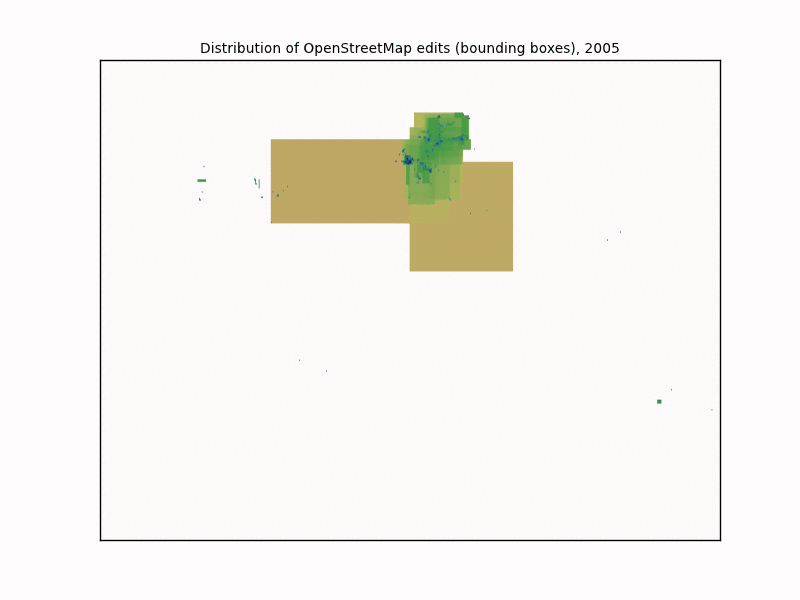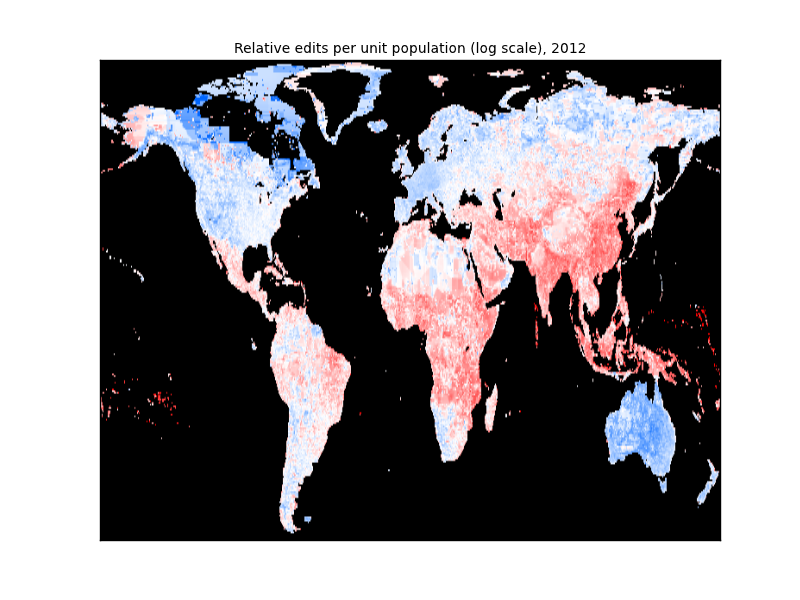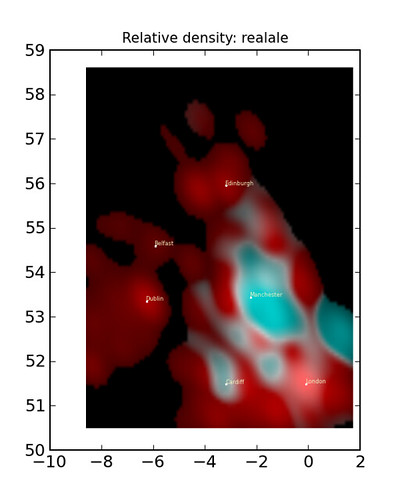This weekend I’ve been doing some “humanitarian” aerial mapping in response to the floods in North India. My first time trying to map a country I’ve never visited, where the map might be used for immediate important purposes. I must say it’s a bit nerve-wracking, for those exact reasons:
- Firstly I’ve never been there and I’m not that familiar with the mountainous terrain. Sometimes it’s easy to be tracing a river and then you realise you’re actually tracing a road after all. When you’re not familiar with it, it’s much easier to get confused when tracing aerial imagery. We’re lucky that the bing aerial coverage for this area seems to be good high-resolution stuff.
- Secondly the mapping might turn out to be important. So, what if my amateurish edits lack something that would have been filled in by another mapper, if only I hadn’t filled the map up with simple-minded route-tracing (eg with no idea of which roads are major/minor)? What if I’m tracing a road from an old aerial photo, when locals would know that the road isn’t there any more? What if I’m not tracing the things that would be important for humanitarian relief purposes? What if I’m accidentally joining up roads that don’t join? etc etc etc. Harry Wood’s 2011 discussion of “blooms and weeds” in mapping summarises some ideas about whether importing low-quality data into OSM has a retarding effect on the map’s subsequent growth. Maybe rushed naive armchair mapping has a similar effect…


